Hey,
If you're here, it either means you are really interested in learning more or you just wanna fact check something I said. If you're a fact-checker feel free to scroll down to the References section, everything should be in as close to chronological order as possible. If you just want to learn about adaptationism then keep reading!
There are a few key pieces of literature to start you off on this journey to learn more. I'd suggest starting with the Spandrels paper actually. Even if you've never really read a paper before, Gould writes relatively clearly. Note: Lewontin mentioned later on that it was Gould who did most of the heavy lifting on the paper lol, so I presume he wrote it.
If you need access to any of the links below, try going through your local libraries or if you're a uni student you can use your uni login. Else you can cheekily use a friend's login if they let you or there are ... other ways. If you really get stuck feel free to email me at jake@subanima.org and I'd be more than happy to help you out.
From there, I'd make sure you're familiar with the concepts of genetic drift, developmental constraints and spandrels. I'd just read the wikipedia articles on all of them to get roughly familiar. That should set you up for better understanding some of the alternatives to adaptationism. This Quanta article also had a nice thing on genetic drift.
You can now jump into the more philosophical papers/articles. The Stanford Encyclopedia entry is always a niceish entry and Kane B also has a really nicely done series of two videos:

If you've gotten this far, you're probably ready for the heavy duty stuff then. I think Peter Godfrey-Smith's perspective of adaptationism is probably the most well accepted view among biologists. His writing is very easy to understand and if you can make your way through these two you will have a very good picture of how adaptationism sits in the field today:
https://petergodfreysmith.com/PGS-Adapt3.pdf
https://petergodfreysmith.com/PGS_Wilkins_Adaptive_Landscape_2009.pdf
And to not be too biased I should give some articles defending adaptationism and adaptive storytelling. The go-to hard core adaptationists are Dawkins and Dennett who I think hold on to natural selection tightly so that they can yell at creationists more, but that's kind of how they roll.
Dennett, D. C. (1995). Darwin's Dangerous Idea. Simon and Schuster.
Dawkins, R. (1986). The Blind Watchmaker. Norton.
Also story-telling doesn't always have to be bad:
http://philsci-archive.pitt.edu/14627/1/Story-telling.pdf
I think I'll make a full video on the Extended Evolutionary Synthesis in the future, but if you'd like to read up for now here's a few links:

Also once you start to notice naïve storytelling, you see it EVERYWHERE
I'm trying to compile a list of human behaviors and characteristics that can be explained by our evolution. from evolution
At least Hank is very very aware of the fact that alligators may not wear stick hats for any reason at all :)
@hankgreen1 The wining fact on this week’s episode of SciShow Tangents, available wherever you get podcasts!
♬ original sound - Hank Green
And finally on the role of random chance in evolution:
Sean also has a book with the same title (A Series of Unfortunate Events)
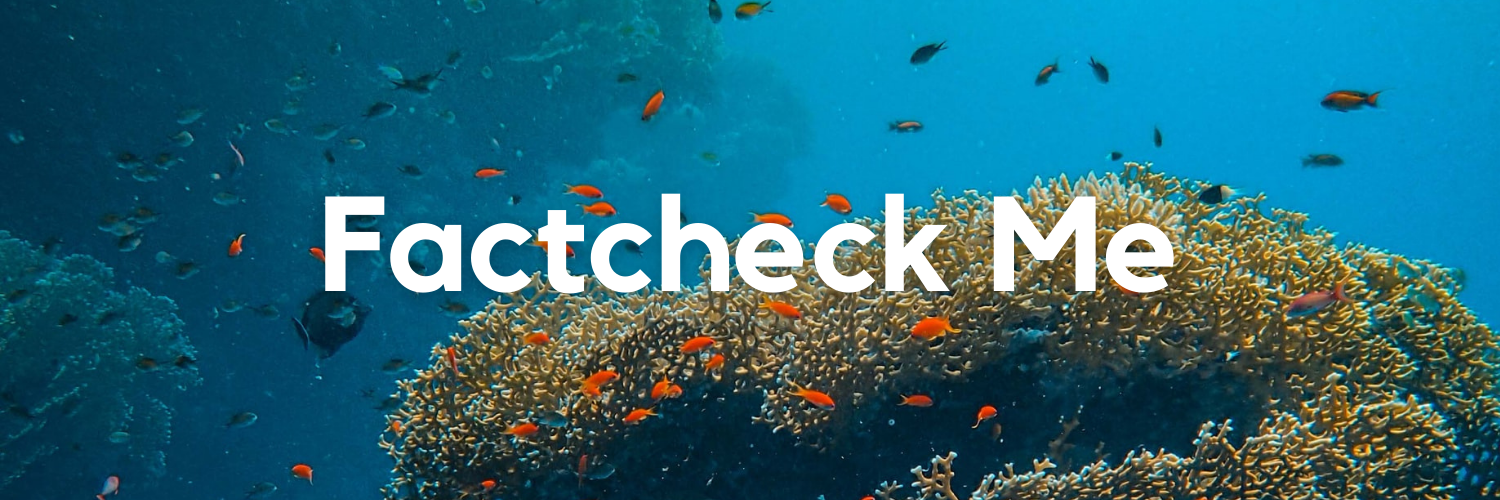
References
Why do we have chins?
Pampush, J. D., & Daegling, D. J. (2016). The enduring puzzle of the human chin. Evolutionary Anthropology: Issues, News, and Reviews, 25(1), 20-35.

Holton, N. E., Bonner, L. L., Scott, J. E., Marshall, S. D., Franciscus, R. G., & Southard, T. E. (2015). The ontogeny of the chin: an analysis of allometric and biomechanical scaling. Journal of Anatomy, 226(6), 549-559.

Chin animals haha, you can actually buy them:

Dawkins and Dennett as adaptationists:
Dennett, D. C. (1995). Darwin's Dangerous Idea. Simon and Schuster.
Dawkins, R. (1986). The Blind Watchmaker. Norton.
Godfrey-Smith, P. (2001). Three kinds of adaptationism. Adaptationism and optimality, 122. https://petergodfreysmith.com/PGS-Adapt3.pdf
History of adaptationism in biology
Orzack, S. H., & Forber, P. (2010). Adaptationism.

Frank, S. A. (2012). Wright’s adaptive landscape versus Fisher’s fundamental theorem. In Svensson, E., & Calsbeek, R. (Eds.), The adaptive landscape in evolutionary biology (pp. 41-57). OUP Oxford.

Pigliucci, M., & Kaplan, J. (2000). The fall and rise of Dr Pangloss: adaptationism and the Spandrels paper 20 years later. Trends in ecology & evolution, 15(2), 66-70.
https://philpapers.org/archive/PIGTFA.pdf
Rose, M. R., & Lauder, G. V. (1996). Post-spandrel adaptationism. In Rose, M. R., & Lauder, G. V. (Eds.), Adaptation (pp. 1-8). Academic Press.
http://www.people.fas.harvard.edu/~glauder/reprints_unzipped/Post-Spandrel%20Adaptationism.pdf
Kimura's Neutral Theory
Kimura, M. (1983). The neutral theory of molecular evolution. Cambridge University Press.
Duret, L. (2008) Neutral theory: The null hypothesis of molecular evolution. Nature Education1(1):218


Junk DNA
Graur, D. (2017). An upper limit on the functional fraction of the human genome. Genome biology and evolution, 9(7), 1880-1885.

Graur, D., Zheng, Y., Price, N., Azevedo, R. B., Zufall, R. A., & Elhaik, E. (2013). On the immortality of television sets:“function” in the human genome according to the evolution-free gospel of ENCODE. Genome biology and evolution, 5(3), 578-590.

Neutral theory debate
Kern, A. D., & Hahn, M. W. (2018). The neutral theory in light of natural selection. Molecular biology and evolution, 35(6), 1366-1371.

Hahn, M. W. (2008). Toward a selection theory of molecular evolution. Evolution, 255-265.
Jensen, J. D., Payseur, B. A., Stephan, W., Aquadro, C. F., Lynch, M., Charlesworth, D., & Charlesworth, B. (2019). The importance of the neutral theory in 1968 and 50 years on: a response to Kern and Hahn 2018. Evolution, 73(1), 111-114.

Moinet, A., Excoffier, L., & Peischl, S. (2021). Strong neutral sweeps occurring during a population contraction. bioRxiv.

Spandrels
Gould, S. J., & Lewontin, R. C. (1979). The spandrels of San Marco and the Panglossian paradigm: a critique of the adaptationist programme. Proceedings of the royal society of London. Series B. Biological Sciences, 205(1161), 581-598.
Leibnizian Optimism

Candide
Voltaire, F. (1759). Candide. Cramer, Marc-Michel Rey, Jean Nourse, Lambert, and others.
http://www.esp.org/books/voltaire/candide.pdf
Jump to 16:10 for the scene I showed:
Biologists have moved past adaptive storytelling
Wilkins, J. F., & Godfrey-Smith, P. (2009). Adaptationism and the adaptive landscape. Biology & Philosophy, 24(2), 199-214. https://petergodfreysmith.com/PGS_Wilkins_Adaptive_Landscape_2009.pdf
The Panda's Thumb
Davis, D. D. (1964). The giant panda: a morphological study of evolutionary mechanisms. Chicago Natural History Museum.

Gould, S. J. (1980). The Panda's Thumb: More Reflections in Natural History. Norton.

The Adaptationism Project
Orzack, S. H., & Sober, E. (1996). How to formulate and test adaptationism. The American Naturalist, 148(1), 202-210.
Orzack, S. H., & Sober, E. (1994). Optimality models and the test of adaptationism. The American Naturalist, 143(3), 361-380.
Lewontin on a new framework beyond adaptationism
Lewontin, R. C. (1983). The organism as the subject and object of evolution. Scientia, 77(18).
http://sesultan.web.wesleyan.edu/pdfs/lewontin_organism_as_subject.pdf
Godfrey-Smith, P. (1999). Adaptationism and the power of selection. Biology and Philosophy, 14(2), 181-194.
The Extended Evolutionary Synthesis

Fábregas-Tejeda, A., & Vergara-Silva, F. (2018). The emerging structure of the Extended Evolutionary Synthesis: where does Evo-Devo fit in?. Theory in Biosciences, 137(2), 169-184.
https://philarchive.org/archive/FBRTES
Pigliucci, M., & Müller, G. B. (2010). Elements of an extended evolutionary synthesis. Evolution: The extended synthesis, 3-17.
Pictures
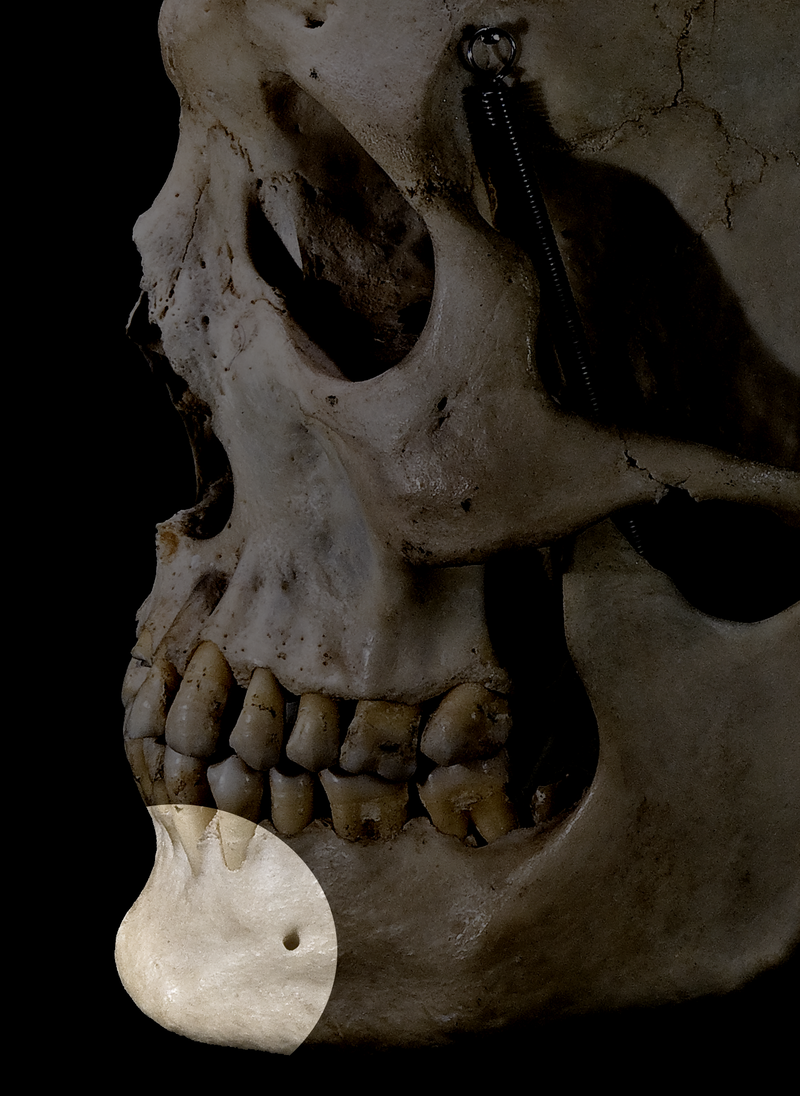

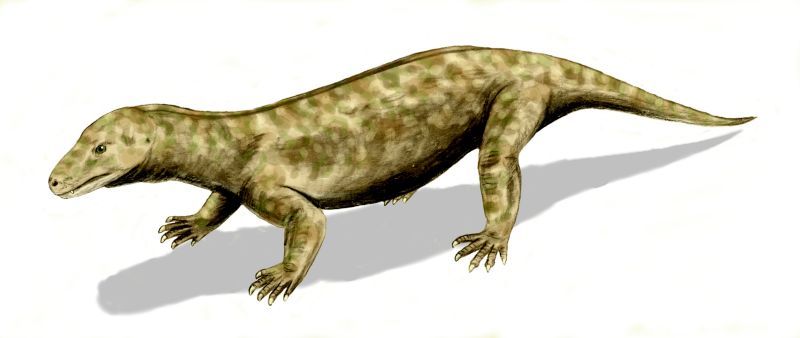
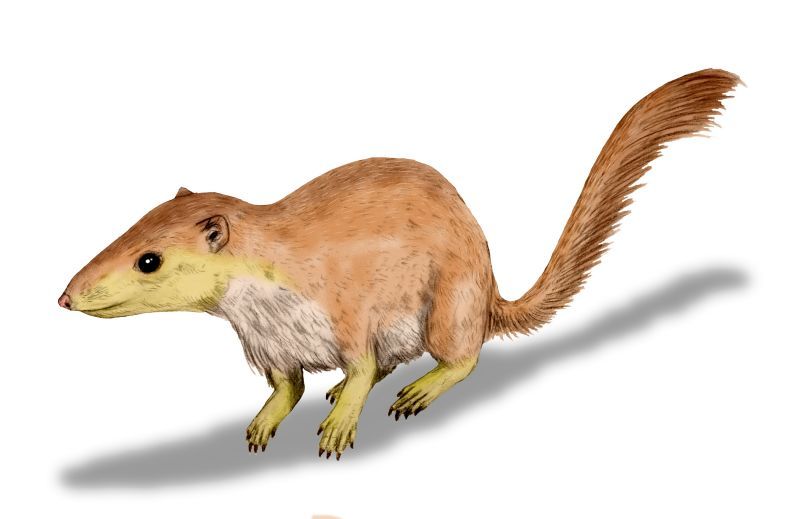

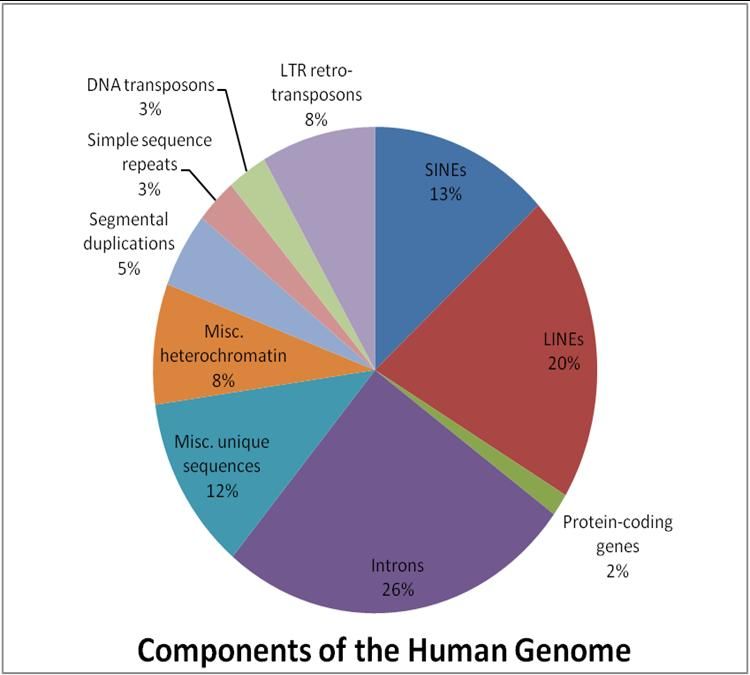
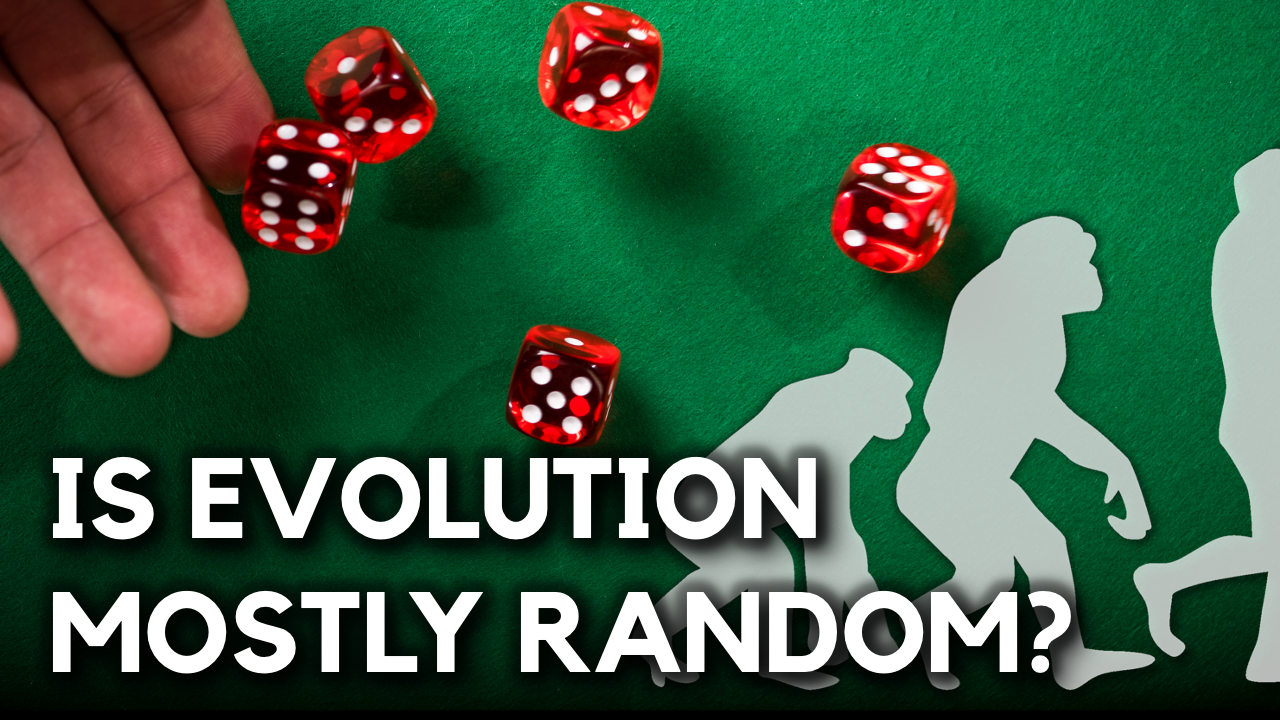

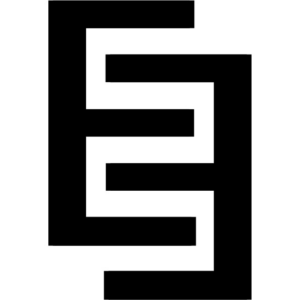









Member discussion: